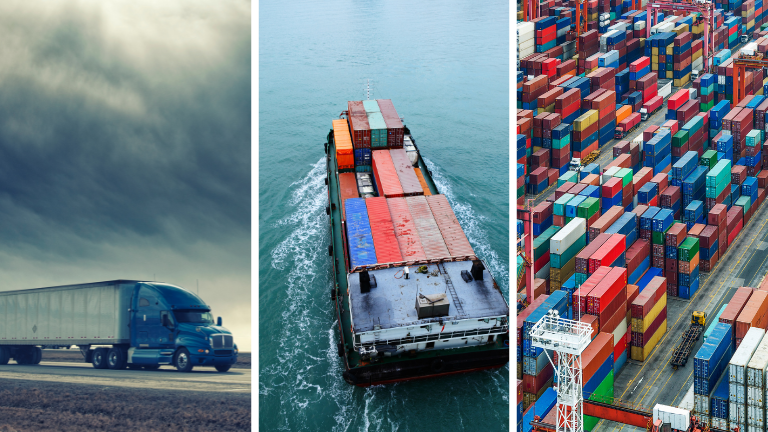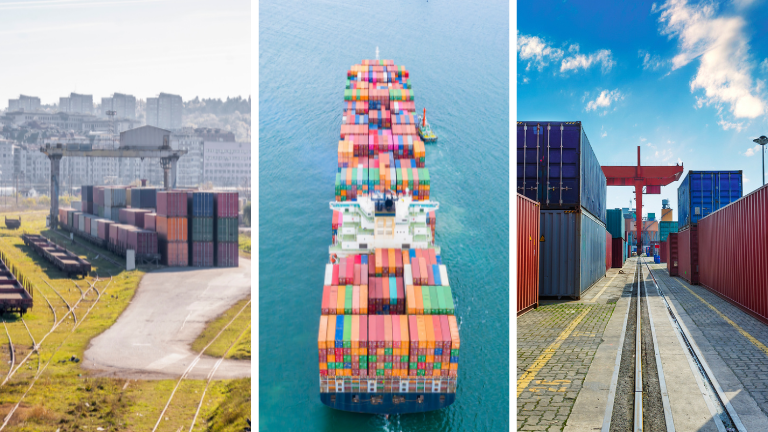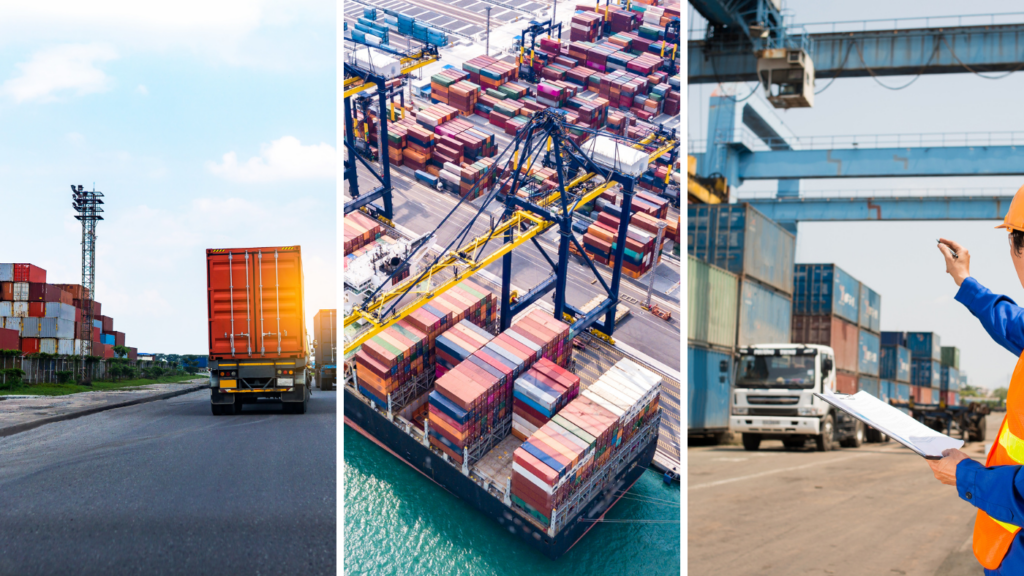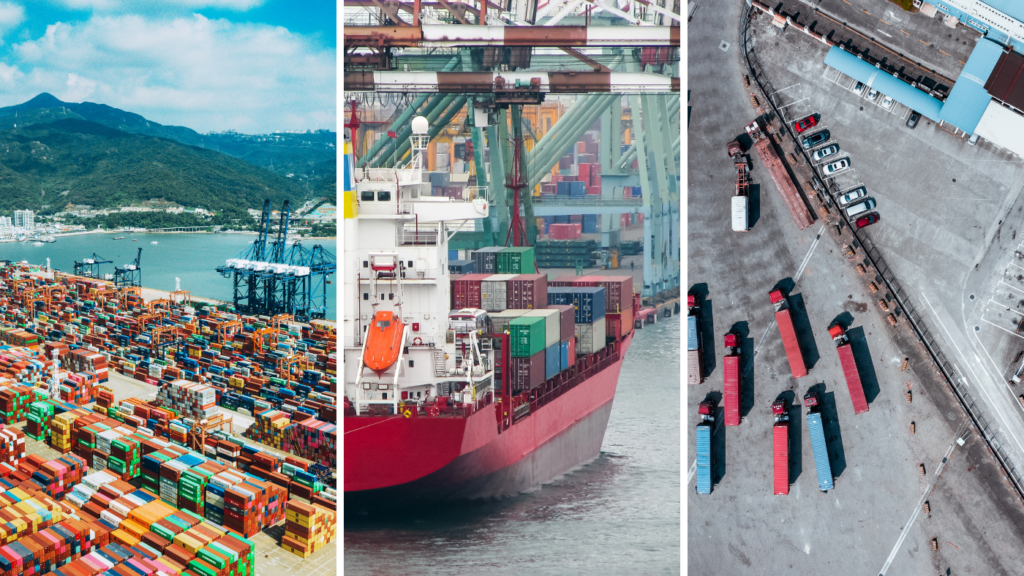Augmented Reality (AR) in Logistics
Introduction to Augmented Reality (AR)
Augmented Reality, often referred to as AR, is a groundbreaking technology that superimposes digital information, such as graphics, sounds, or feedback, onto our real-world environment. Unlike Virtual Reality (VR), which creates an entirely artificial environment, AR integrates and enhances real-world scenarios with additional layers of digital information.


The Intersection of AR and Logistics
The Concept
In the context of logistics, AR can provide digital overlays in real-world settings, offering various advantages like facilitating navigation within large warehouses or helping with complex tasks such as order picking.
The Evolution
While AR technology has been around for years, recent advancements in software development and mobile hardware have made its applications in logistics more practical and widespread.
Practical Applications of AR in Logistics
Warehouse Navigation
Using AR glasses or headsets, warehouse workers can be guided through optimal paths to locate products swiftly, increasing efficiency and reducing the time spent searching for items.
Order Picking
AR can simplify the order picking process by highlighting the items to be picked on the worker’s visual display, reducing errors and improving productivity.
Maintenance and Repair
By overlaying digital information, like schematics, onto machinery or equipment, AR can assist maintenance personnel in identifying and resolving issues faster.
Training
New employees can be trained more effectively by superimposing instructional guides or videos over real-world scenarios, ensuring they learn on the job in real time.


Benefits of AR in Logistics
Enhanced Efficiency
By providing real-time, actionable information directly into the field of view, AR significantly reduces the need for manual checks and traditional referencing, streamlining operations.
Reduced Errors
The visual guidance provided by AR can drastically minimize human errors in tasks such as order picking or equipment maintenance.
Safety
For tasks that might be hazardous, AR can offer real-time warnings or suggest safer paths, enhancing worker safety.
Considerations for Implementing AR in Logistics
Hardware and Infrastructure
To implement AR effectively, companies would need to invest in AR-compatible devices and possibly upgrade their infrastructure.
Training and Adaptation
While AR can simplify many tasks, there’s a learning curve involved. Employees would need training to adapt to this new technology.
Data Security
Given the digital nature of AR, data security becomes paramount. Ensuring that AR systems are secure from breaches is essential to maintain the confidentiality of logistical operations.
In conclusion, Augmented Reality offers promising opportunities to reshape and enhance the world of logistics. With the right approach and investment, businesses can harness its potential to streamline operations, reduce errors, and improve overall efficiency.
Note: While the potential of AR in logistics is vast, companies should consider all factors, including costs, infrastructure, and training needs, before implementation.

Contact Us
The world of logistics is complex and full of technical, financial, and business elements. The logistics experts at Phoenix International deliver top-quality freight forwarding service, supported by powerful technology and decades of experience. Contact us and let us know how we can help you!
